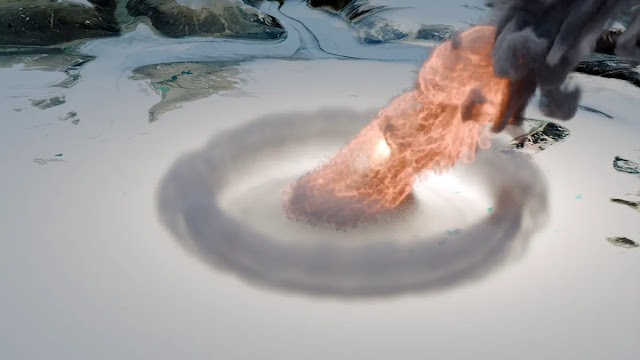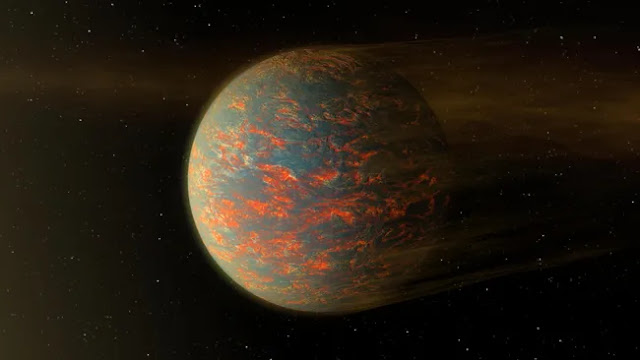According to examination, there are traces of dust particles in Antarctic ice that date back 2.3–2.7 million years. As an asteroid that bursts in the atmosphere instead of striking the ground large enough to leave a trace, it would be the oldest remnant of an airburst. This discovery may mark the beginning of a process that will allow us to evaluate the risk that these occurrences will pose in the future.
Though airbursts are more common, asteroids and comets that strike Earth and produce massive impact craters have the power to alter the course of history. Airbursts can cause quite an amount of harm to people nearby, as the Chelyabinsk explosion demonstrated. The Tunguska incident would have been even more devastating had it struck a populated region.
In fact, some calculations suggest that the combined threat to life posed by the numerous airbursts that Earth encounters is higher than that posed by the much larger, but comparatively infrequent, crater-forming events.
According to research author Dr. Matthias van Ginneken of the University of Kent, “all the energy is released in the atmosphere in the form of shock waves and thermal radiation.” This information was provided to ScienceNews.
Since the Earth first acquired an atmosphere, airbursts must have occurred, but their imprint is lost more faster than that of craters, some of which last for billions of years. Most of the time, biological activity, rain, and other dust sources rapidly obliterate our ability to recognize old airbursts.
Though mountain glaciers typically move the remnants away even if they don’t melt, ice can serve as a preserver. This makes Antarctica the greatest, and possibly only, place to locate such evidence, especially in areas where snow accumulates slowly.
It is believed that two sets of debris, discovered in Antarctica, originate from airbursts that occurred 430 and 480 thousand years ago. Van Ginneken’s team has now shown proof that particles almost five times older originated from the same event.
The renowned Martian meteorite, which was previously believed to contain signs of life, was discovered in Antarctica’s Allan Hills 30 years ago. This is where the dust field known as BIT-58 was initially discovered. Since over 90% of the particles are chondritic—derived from unaltered stony meteorites—it was evident that this was not a volcanic eruption but rather the remains of an extraterrestrial visitation. This led to the removal of about 100 kg (220 lbs) of ice that was covered in dust and its transportation to McMurdo Station for examination.
When this was first done, it was unclear if the meteoritic material spherules were the result of an airburst or an impact whose crater we had not yet located.
There were hundreds of dust particles in the ice. The scientists used an ion beam and an electron probe microanalyzer to examine 116 of them after eliminating any earthly contamination. As is frequently the case with particles created in air impacts, about 30% of the particles were discovered to be precisely spherical.
The authors observe that there are no translucent micro-krystites that condense from the impact plume or microtektites, which are formed when the impact’s heat melts Earthly material. Rather, the composition is consistent with “touchdown scenarios,” in which the superheated gas jet created by the asteroid’s partial vaporization retains its speed until it reaches the Earth. According to Van Ginneken, touchdowns are similar to “a huge torch touching the ground and vaporizing everything,” as she stated to ScienceNews. It also seems that one of the two younger Antarctic incidents was a touchdown event.
Van Ginneken told IFLScience, “I believe that my work is the first essential step to understanding what residues of large airbursts look like in the geological record.” Finding more examples of these occurrences, especially in different settings (such as lower latitudes), will be the next task. This would enable us to create a procedure for confidently identifying airburst remains and eventually assist us in ascertaining the historical frequency of such occurrences.
Van Ginneken continued, “We might try to incorporate the spherules we now have in numerical models of airbursts, which might aid in our understanding of how they originate and disperse throughout space. This could assist us in determining a relationship between particular spherule characteristics (such as size range) and airburst sizes and, consequently, their propensity for destruction.



